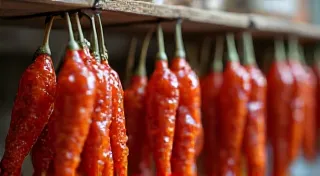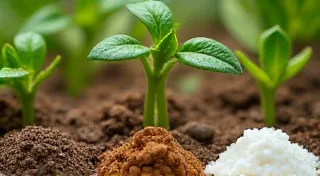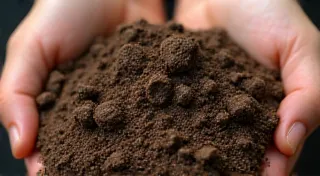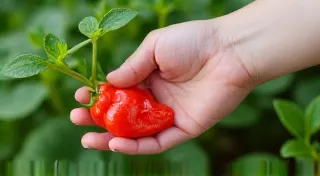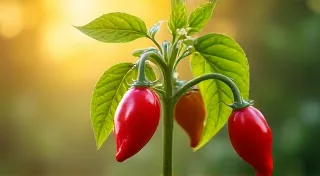Troubleshooting Common Pepper Growing Problems
Facing challenges with your pepper plants? This article addresses common issues and provides practical solutions to get your plants back on track.
Introduction
Growing specialty peppers, like ghost peppers and scotch bonnets, can be incredibly rewarding. However, even experienced gardeners encounter problems. Don’t be discouraged! Many issues are easily identified and resolved with a little knowledge and quick action. This guide will walk you through some common pepper growing problems and offer practical solutions.
1. Blossom End Rot
The Problem: Blossom end rot (BER) appears as a dark, leathery patch on the bottom of the peppers. It's unsightly and can render the peppers inedible.
The Cause: This is almost always related to calcium deficiency, but not necessarily a lack of calcium in the soil. It's often caused by inconsistent watering, which prevents the plant from properly absorbing the calcium that’s already present. It can also be caused by excessive nitrogen fertilizer.
The Solution:
- Consistent Watering: This is the most important factor. Water deeply and regularly, especially during hot, dry periods. Consider using a soaker hose or drip irrigation system.
- Mulching: A layer of mulch helps retain moisture in the soil.
- Calcium Supplement: While not always necessary, a foliar spray of calcium chloride can provide a quick boost.
- Reduce Nitrogen: Avoid over-fertilizing with nitrogen-rich fertilizers.
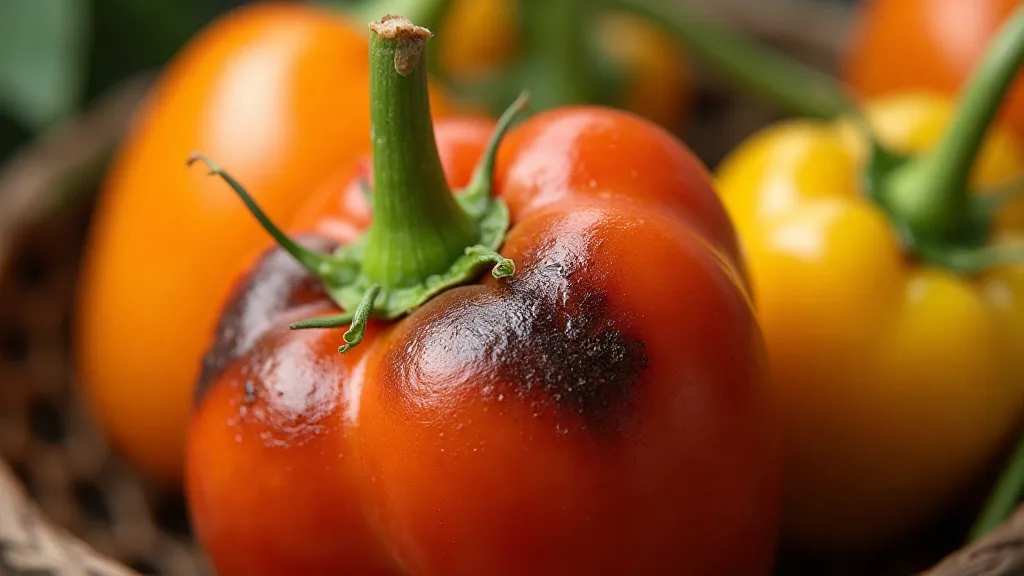
2. Leaf Curl
The Problem: Pepper leaves curling upward or downward is a common sight, and can indicate several issues.
The Cause: Leaf curl can be caused by heat stress, underwatering, overwatering, nutrient deficiencies (especially magnesium or potassium), viral infections, or even pesticides.
The Solution:
- Check Watering: Ensure consistent moisture levels. Stick your finger an inch or two into the soil to check.
- Check Soil: Ensure the soil is well draining and not compacted.
- Provide Shade: If it's a heat-related issue, provide temporary shade during the hottest part of the day.
- Fertilize: A balanced fertilizer, or one higher in magnesium or potassium, can help correct nutrient deficiencies.
- Inspect for Pests: Aphids and other pests can cause leaf curl.
3. Pests & Diseases
The Problem: Pepper plants are susceptible to a variety of pests and diseases, including aphids, whiteflies, spider mites, blossom-neck rot (fungal), and bacterial leaf spot.
The Cause: Overcrowding, poor air circulation, and unsanitary gardening practices contribute to pest and disease problems.
The Solution:
- Regular Inspection: Regularly inspect your plants for signs of pests or diseases. Early detection is key.
- Neem Oil: Neem oil is a natural insecticide and fungicide that can be effective against many pests and diseases.
- Proper Spacing: Ensure adequate spacing between plants to promote air circulation.
- Sanitation: Remove any fallen leaves or debris from around the plants.
- Copper Fungicide: For fungal diseases like blossom-neck rot, a copper-based fungicide can be helpful.
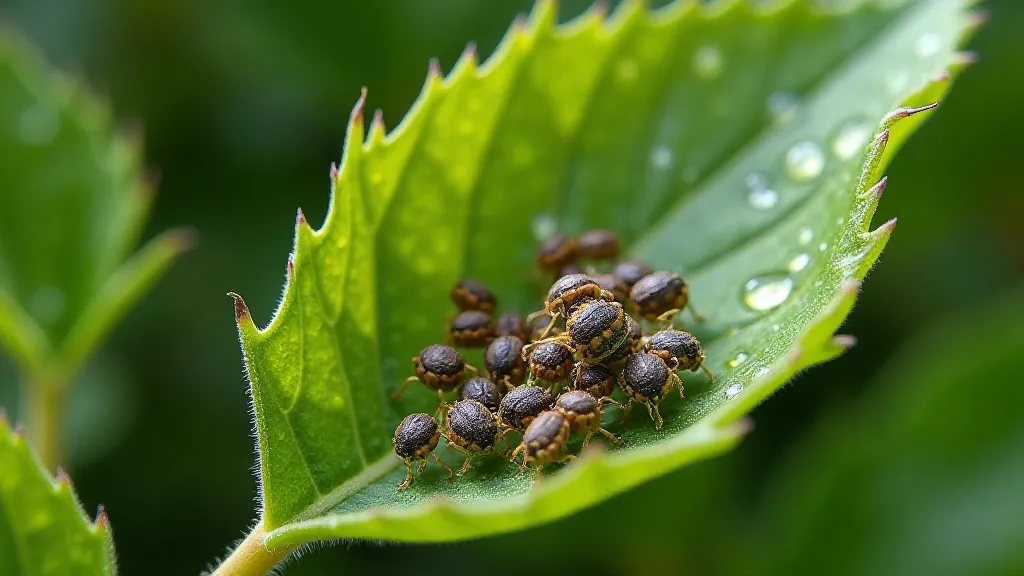
4. Poor Fruit Set
The Problem: Flowers are present, but no peppers are forming.
The Cause: This is often related to temperature extremes. High heat (above 100°F) or cold temperatures (below 60°F) can prevent pollination. Lack of pollinators can also be a factor.
The Solution:
- Hand Pollination: Gently shake the pepper plants to mimic wind pollination. You can also use a small paintbrush to transfer pollen from one flower to another.
- Provide Shade: Protect plants from extreme heat.
- Attract Pollinators: Plant flowers that attract bees and other pollinators.
- Ensure adequate phosphorus: A deficiency in phosphorus can also impact fruit set.
5. Yellowing Leaves
The Problem: Yellowing leaves, especially if accompanied by other symptoms, can indicate a variety of problems.
The Cause: Yellowing can be caused by nutrient deficiencies (nitrogen, iron), overwatering, underwatering, root rot, or pests.
The Solution:
- Soil Test: A soil test can help identify nutrient deficiencies.
- Check Watering: Ensure proper moisture levels.
- Check Roots: Gently inspect the roots for signs of root rot (mushy, brown roots).
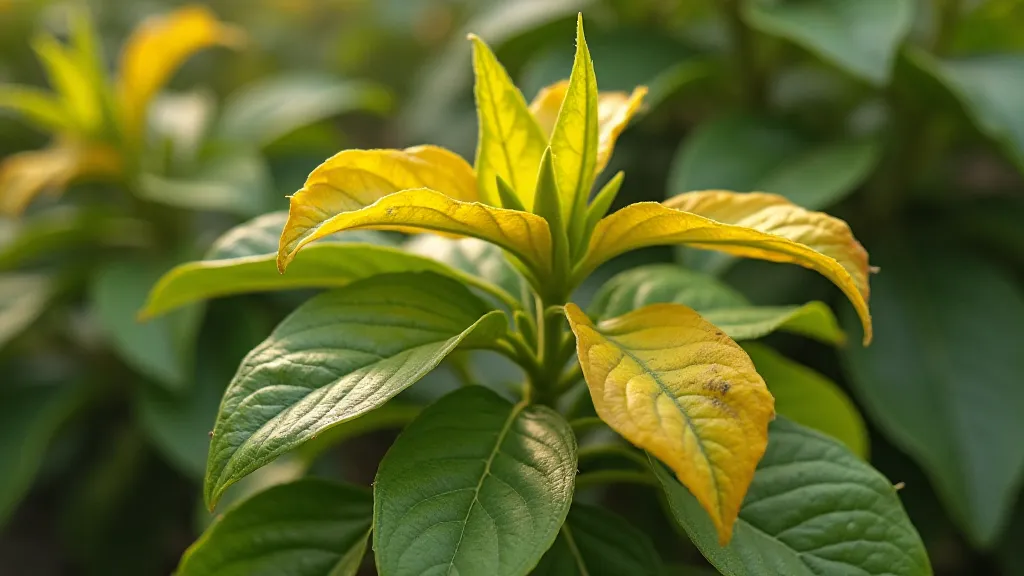
Conclusion
Don’t be discouraged by these common pepper growing problems. By understanding the causes and implementing the solutions described above, you can keep your specialty pepper plants thriving and enjoy a bountiful harvest. Remember to always observe your plants closely and adjust your care accordingly.
